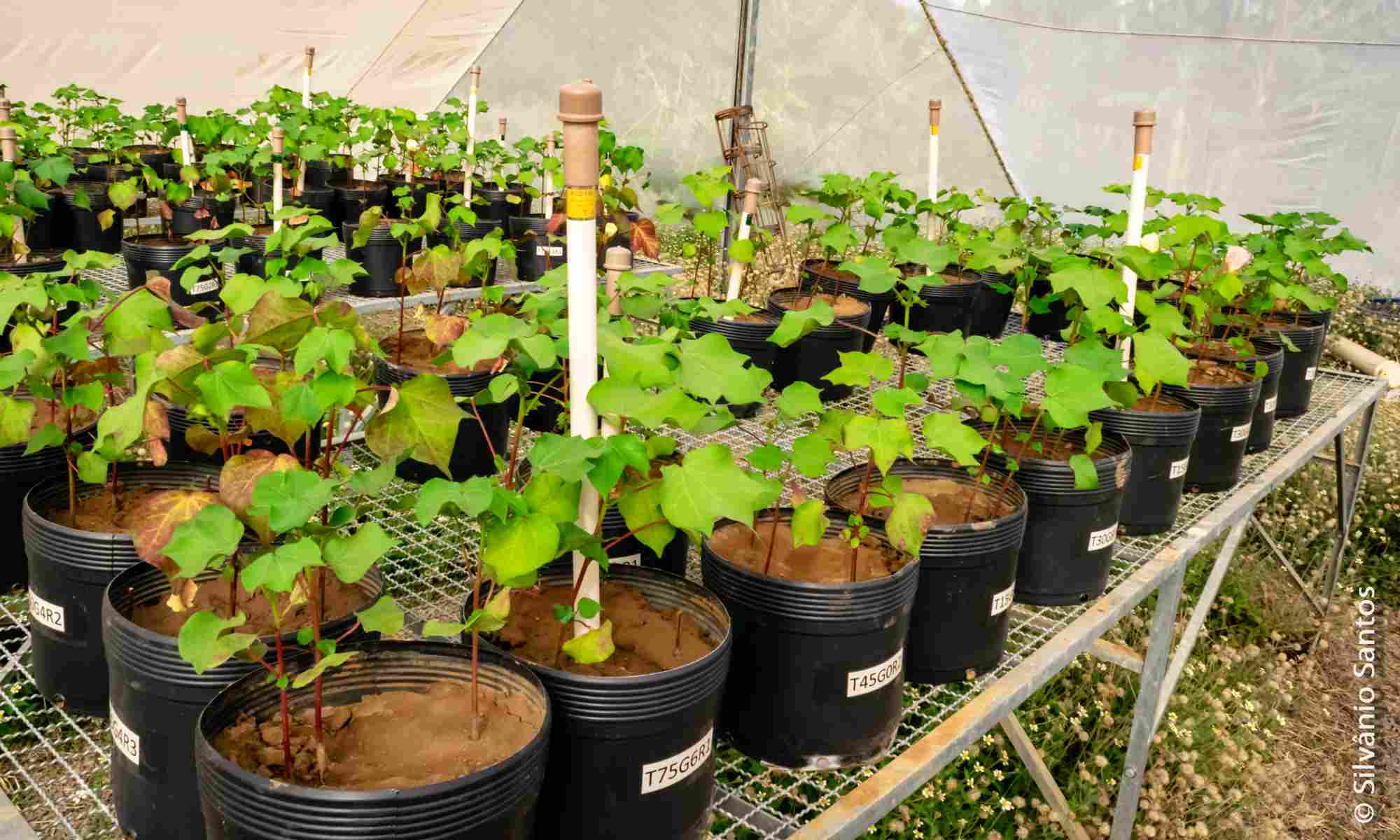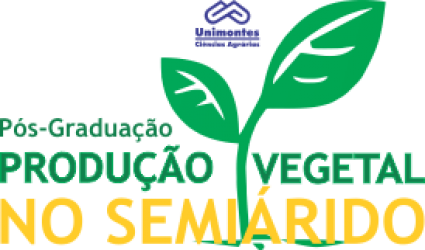- Version
- Download 4
- Tamanho do Arquivo 569.45 KB
- Data de Criação 16/06/2021
- Download
GODINHO, Fernando Lopes. Caracterização físico-hídrica do solo após cultivos fertirrigados com água residuária sanitária tratada. 2019. 50 p. Dissertação (Mestrado em Produção Vegetal no Semiárido) – Universidade Estadual de Montes Claros, Janaúba, 2019.
O crescimento urbano e industrial intensificou a produção de resíduos nos últimos anos que, em grande parte do país, tem como destino direto os corpos hídricos causando desequilíbrio ambiental e diminuição da qualidade da água. Mesmo após serem submetidos a tratamento e seguindo a legislação vigente o esgoto tratado também pode ser capaz de eutrofizar a água do corpo receptor. Fazem-se necessários estudos que busquem alternativas de reúso dos produtos do tratamento do esgoto a fim de destiná-lo de forma sustentável e segura ao meio ambiente. A agricultura tem se mostrado um destino viável e diversos estudos são publicados no mundo com esse enfoque. Dessa forma, objetivou-se avaliar possíveis alterações no movimento e retenção de água em Latossolo Vermelho eutrófico, ao final de aplicações sucessivas de água residuária sanitária de tratamento terciário (ART) em milho (nov/2012 a fev/13), algodoeiro (jun a nov/13), feijoeiro comum (abr a jun/14) e abacaxizeiro (jul/15 a mar/17) visando o fornecimento parcial de nutrientes às plantas. Todos os cultivos foram conduzidos em campo na mesma área e nas mesmas parcelas experimentais envolvendo 5 tratamentos de ART (0: água limpa e adubação mineral; 1: 50; 2: 100; 3: 150 e 4: 200% da dose de ART limitada pelo elemento referência K+ nos 3 primeiros cultivos e 0: água limpa e adubação mineral; 1: 100; 2: 200; 3: 300 e 4: 400% da dose de ART limitada pelo elemento referência Na+ no abacaxizeiro) dispostos no delineamento em blocos completos casualizados, com 4 repetições. Avaliou-se a condutividade elétrica do extrato saturado (CEes), porcentagem de sódio trocável (PST), argila dispersa em água (ADA), disponibilidade total de armazenamento de água (DTA) estratificadas em camadas de 0,2 m até 0,8 m de profundidade e velocidade de infiltração básica de água no solo (VIB), velocidade de infiltração ao tempo de 1,5 h (VI1,5) e condutividade hidráulica (K0) medidas na superfície do solo em campo. Além disso, determinou-se qual modelo empírico melhor se ajustou aos dados de velocidade de infiltração determinados em campo. Verificou-se uma diminuição linear de 0,0972 mm h-1 , 0,0997 mm h-1 e 0,0073 cm h-1, respectivamente, na velocidade de infiltração básica, velocidade de infiltração no tempo de 1,5 h e condutividade hidráulica saturada, para cada mm de água residuária incrementada no solo, além de aumento da porcentagem de sódio trocável até 0,6m de profundidade. Determinou-se que para as condições estudadas o modelo empírico de Kostiakov mostrou-se o mais eficiente para ajustar os dados coletados em campo e estimar as velocidades de infiltração. Ainda com as alterações observadas, constatou-se que não houve comprometimento do movimento e retenção de água do solo, já que as respostas da análise dos dados determinados não ultrapassam limites tidos como seguros em literatura. Portanto, recomenda-se o uso de ART na fertirrigação pautada em elemento referência sem riscos ao movimento e retenção de água no solo.
Palavras-chave: Infiltração; retenção de água; fertirrigação; esgoto sanitário; reúso de água.
Physical-hydrical characterization of the soil after fertirrigated crops with treated sanitary water
The urban and industrial growth has intensified the production of waste in recent years, which in large part of the country has a direct destination to the water bodies causing environmental imbalance and a decrease in water quality. Even after being treated and following the current legislation the treated sewage may also be able to eutrophize the water of the receiving body. Studies are needed that look for alternatives of reuse of the products of the treatment of the sewage in order to destine it in a sustainable and safe way to the environment. The agriculture has proved to be a viable destination and a number of studies are published worldwide with this approach. The objective of this study was to evaluate possible changes in water movement and retention in eutrophic Red Latosol at the end of successive applications of tertiary sanitary wastewater (ART) in maize (Nov/2012 to Feb/13), cotton to nov/13), common bean (Apr to jun/14) and pineapple (Jul/15 to March/17) aiming at the partial supply of nutrients to the plants. All cultivations were conducted in the same area and in the same experimental plots involving 5 treatments of ART (0: clean water and mineral fertilization, 1: 50, 2: 100, 3: 150 and 4: 200% (Table 1), and in the first 3 crops and 0: clean water and mineral fertilization, 1: 100, 2: 200, 3: 300 and 4: 400% of the ART dose limited by the reference Na + element in the pineapple) , with 4 replicates. The field experiment was carried out in Janaúba - MG at the end of the four cycles. It was evaluated the electrical conductivity of the saturated extract (ECes), exchangeable sodium percentage (PST), water dispersed clay (ADA), total water storage availability (DTA) stratified in layers of 0.2 m to 0.8 m depth and basic infiltration velocity (VIB), infiltration velocity at 1.5 h (VI1.5) and hydraulic conductivity (K0) measured at the field surface.In addition, which empirical model was best fitted to the infiltration velocity data collected in the field was determined. A linear decrease of 0.0972 mm h-1, 0.0997 mm h-1 and 0.0073 cm h-1, respectively, was observed in the basic infiltration rate, time infiltration rate of 1.5 and conductivity for each mm of waste water increased in the soil, in addition to increasing the percentage of exchangeable sodium up to 0.6m deep. It was determined that for the studied conditions the empirical model of Kostiakov was the most efficient to adjust the data collected in the field and to estimate infiltration velocities. Still with the changes observed, it was verified that there was no impairment of movement and retention of soil water, since the answers of the analysis of the data collected do not exceed limits considered as safe in the literature. Therefore, it is recommended the use of ART in fertigation guided in reference element without risks to the movement and retention of water in the soil.
Keywords: Infiltration; water retention; fertigation; sanitary sewage; water reuse.

